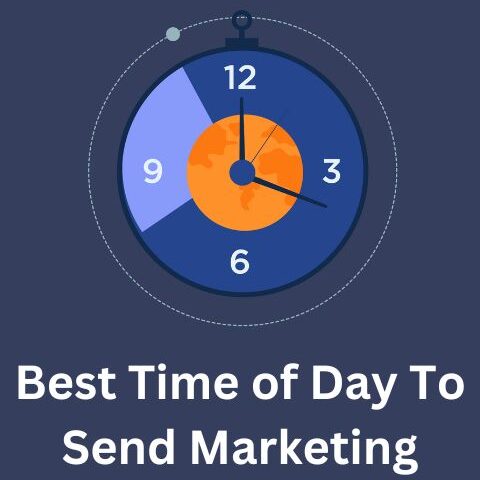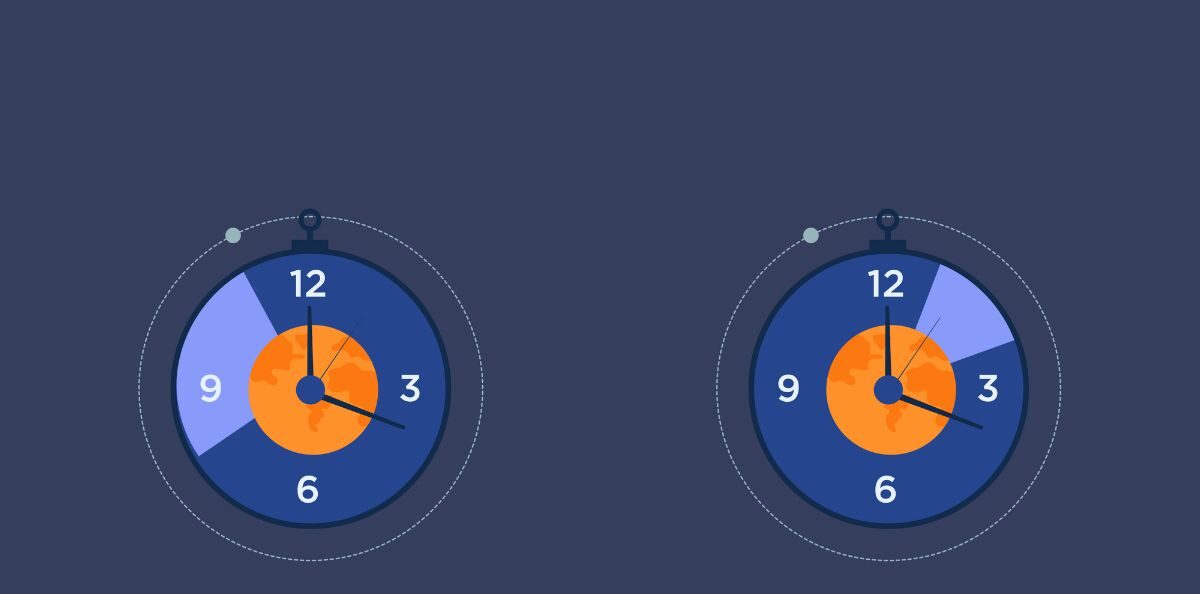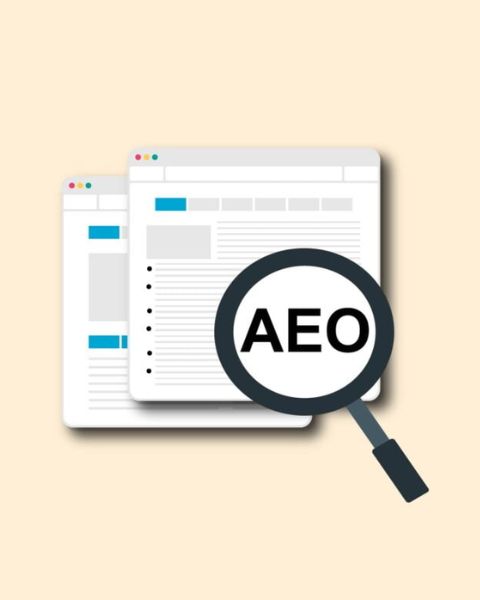
2 Line Love Shayari In English | Love Shayari
August 9, 2024
How To Rip Audio From Youtube To Wav in Windows
August 9, 2024

In the ever-evolving world of digital marketing, understanding when to send an email campaign can significantly impact its success. The timing of your email can mean the difference between your message being opened and acted upon or being ignored and left unopened in the inbox. With email marketing continuing to be a powerful tool in 2024, knowing the best time to send an email campaign has never been more crucial.
Why Timing Matters in Email Marketing
Before diving into the specific times and days that work best, it’s essential to understand why timing is so critical in email marketing. The success of an email campaign often hinges on several factors, such as the subject line, content, and segmentation. However, even the most well-crafted email can fall flat if it’s sent at the wrong time.
The modern consumer is bombarded with emails daily. According to recent statistics, the average office worker receives 121 emails per day. Amidst this clutter, your email needs to stand out and catch the recipient at a time when they are most likely to engage with it. Timing your emails to hit the inbox when your audience is checking their emails can dramatically increase your open and click-through rates, ultimately leading to higher conversion rates.
The Best Days to Send Email Campaigns in 2024
When it comes to choosing the best day to send an email campaign, research consistently points to certain days of the week as being more effective than others.
- Tuesday: For years, Tuesday has been considered the prime day for sending marketing emails. This is because, by Tuesday, people have usually settled into their work week and are actively engaging with their inboxes. Studies have shown that emails sent on Tuesdays tend to have higher open rates, making it a top choice for marketers.
- Thursday: Another strong contender, Thursday, is a day when people are still focused on work but are beginning to think about the weekend. This mindset can make them more receptive to promotional offers or content that they can plan to engage with over the weekend.
- Wednesday: Falling between the peak days of Tuesday and Thursday, Wednesday also sees high engagement rates. It’s a day when people are still productive and likely to check their emails frequently.
According to a study by SendGrid, emails sent on Tuesdays have the highest open rates at 18.3%, followed closely by Thursdays at 18%. These statistics indicate that midweek is generally the best time to launch an email campaign.
The Best Times of Day to Send Email Campaigns in 2024
While the day of the week is important, the time of day you choose to send your email campaign can be equally impactful. Depending on your target audience, the best time can vary, but there are some general guidelines to follow.
- Early Morning (6 AM – 9 AM): Sending emails early in the morning can be highly effective, especially for professional audiences. Many people start their day by checking their emails, and your message will be one of the first they see. According to a study, emails sent at 6 AM have an open rate of 12.8%, making it an optimal time for morning campaigns.
- Late Morning (10 AM – 12 PM): As people settle into their workday, late morning is another ideal time to send an email. At this point, people are often looking for a break from their tasks, and checking emails can be a welcome distraction.
- Afternoon (1 PM – 3 PM): The afternoon slump is a well-known phenomenon, and during this time, people often turn to their emails as a break from their routine. Emails sent during this period have a good chance of being opened as people look for something interesting to engage with.
- Evening (8 PM – 12 AM): For certain demographics, particularly younger audiences or those in creative industries, evening emails can be effective. Many people check their emails before bed, and sending campaigns during this time can result in higher open rates.
It’s worth noting that while these timeframes are generally effective, the best time to send your email campaign can vary depending on your audience’s habits and preferences. For example, a B2B audience might respond better to emails sent during business hours, while a B2C audience might engage more in the evenings or on weekends.
Personalizing Timing Based on Your Audience
Understanding your audience’s behavior is crucial for determining the best time to send an email campaign. With the advent of advanced email marketing tools, you can now analyze your subscribers’ engagement history to tailor the timing of your campaigns. For instance, if your data shows that a particular segment of your audience tends to open emails in the evening, you can schedule your campaigns to align with this behavior.
A/B testing is another powerful tool for optimizing send times. By testing different times and analyzing the results, you can identify the optimal send time for your specific audience. This approach ensures that your campaigns are as effective as possible, leading to better engagement and higher conversion rates.
Key Takeaways: Best Practices for Email Timing in 2024
To summarize, the best time to send an email campaign in 2024 involves a combination of understanding general trends and personalizing your approach based on your audience. Here are some key takeaways:
- Midweek is Ideal: Tuesdays, Wednesdays, and Thursdays are the best days for sending email campaigns, with Tuesday leading the pack.
- Morning and Late Morning: Early morning (6 AM – 9 AM) and late morning (10 AM – 12 PM) are the most effective times to send emails, particularly for professional audiences.
- Audience-Specific Timing: Use your email marketing tools to analyze your audience’s behavior and tailor your send times accordingly.
- A/B Testing: Regularly test different times and days to refine your strategy and ensure you’re reaching your audience when they are most likely to engage.
In 2024, with the competition for attention in the inbox only increasing, mastering the timing of your email campaigns can give you a significant edge. By leveraging data, understanding your audience, and staying flexible with your strategies, you can maximize the impact of your email marketing efforts and drive better results for your business.



